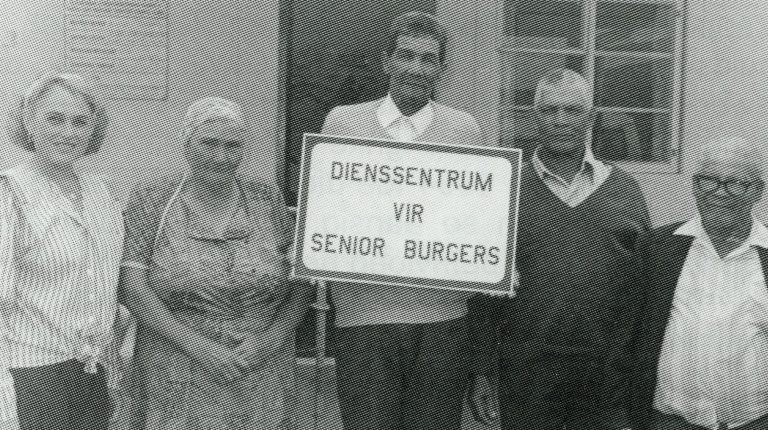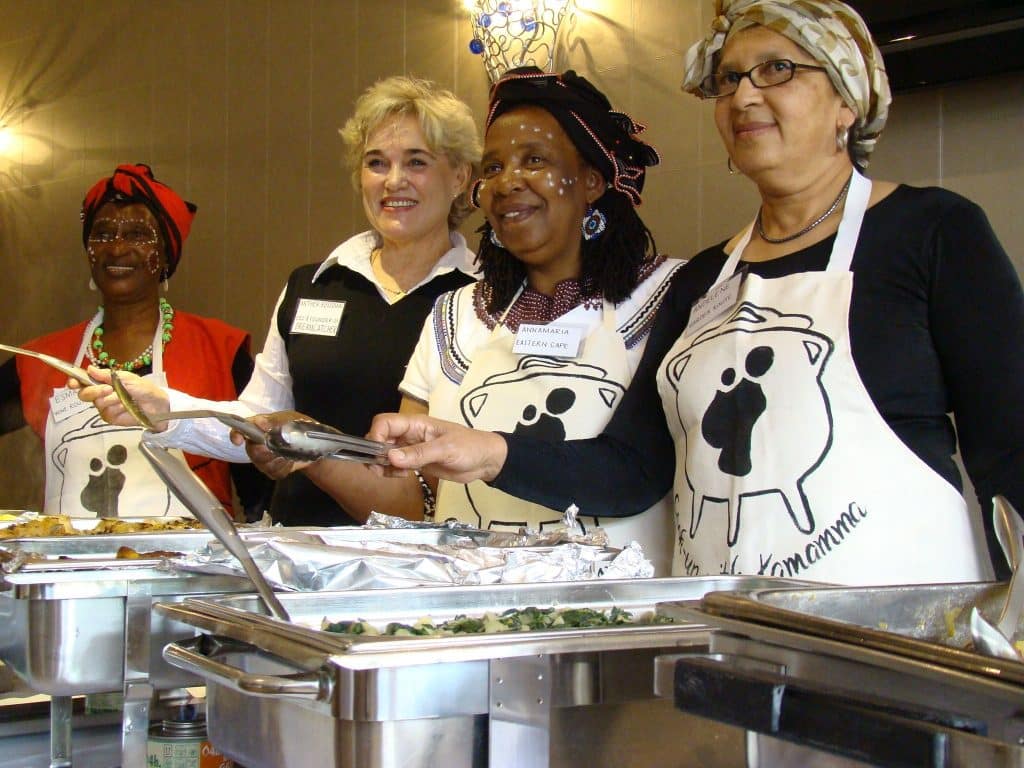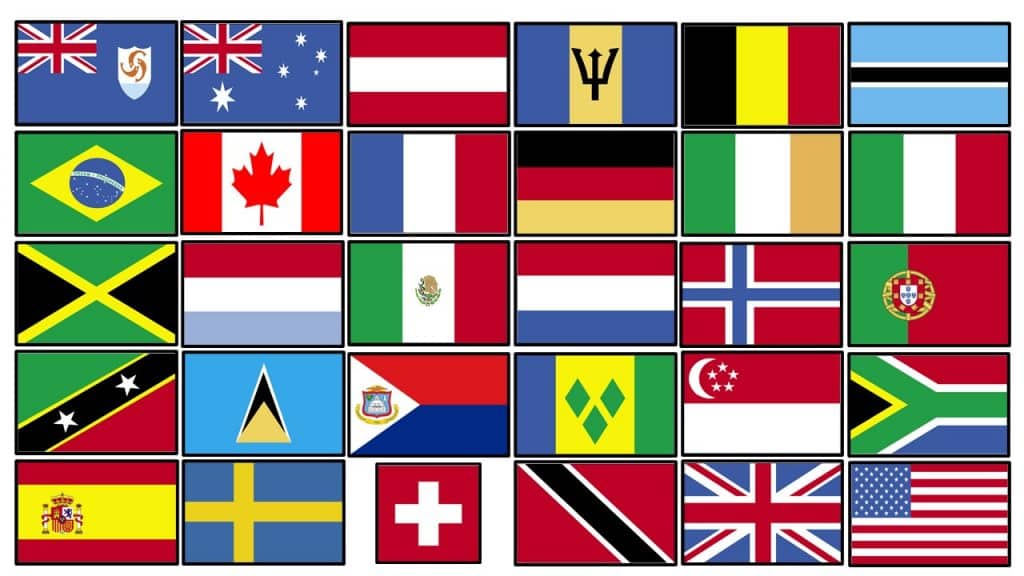
The story of Dreamcatcher begins not in a boardroom, but with something as ordinary as a toothache—and an extraordinary commitment.
The Dreamcatcher journey starts in 1989 with a toothache in the fishing village of Melkhoutfontein, 7km from Stilbaai, on the Garden Route of South Africa.
The Group Areas Act was the title of three acts of the Parliament of South Africa enacted under the Apartheid government. The acts assigned racial groups to different geographical areas and excluded people of colour from living in the most developed areas – with the majority forcibly removed to ‘townships’. Throughout South Africa this impacted significantly on community cohesion and well-being, with millions of people having to commute over large distances to work. Apartheid prohibited social integration -and interaction – this bred mistrust and hostility on both sides.
Stilbaai acquired municipal status in 1966 and appealed to the government to proclaim Melkhoutfontein as an area for people of colour and to establish a township. Subsequent studies over 20 years (Lundahl et al 1967; Lundahl & Kriel, 1987) identified that Melkhoutfontein had evolved into recurring abject poverty.
At this time Anthea, who later founded Dreamcatcher, was working as a dental nurse in Stilbaai alongside her surgeon husband, Hennie. One day she parked near the “coloureds only” entrance of the local Post Office. There she noticed Moses Kleinhans, a respected elder of Melkhoutfontein, bent over in agony from a toothache.
At the time, Melkhoutfontein had no dental surgery. Anthea offered to take Moses to her husband’s surgery. After the treatment, she didn’t just drop him off where they met—Anthea drove Moses all the way back to his home in Melkhoutfontein.
For Moses, who had survived two shipwrecks and carried the dignity of a community patriarch, that act of kindness was deeply significant. He recognised in Anthea not charity, but humanity. He shared his experience with his peers.
Two weeks later, when Moses returned for further treatment, he spoke not only of his own pain but of the suffering of his people: rising poverty, hunger, and hopelessness. Fishing, the main source of income for many community members, had all but dried up by the mid-1980s, and by 1992 unemployment in Melkhoutfontein stood at 70% with most work seasonal. A 1991 study by the Human Research Council of South Africa, in which Anthea was involved, revealed Melkhoutfontein ranked among the most deprived communities in the country and suffered high levels of Tuberculosis.
Moses had a heart condition, and he wanted to see and believe that quality of life in the community could be improved before he died. His peers wanted to collaborate with someone they trusted to find solutions to the challenges they faced. Moses and his peers asked Anthea a question that would change her life: “Can you help?”
Moses and Willem, another community leader, took Anthea on a walk through Melkhoutfontein. She saw the stark reality first-hand. Shortly after, the local priest invited her to St. Augustine’s Church, the largest congregation in the village. At the end of the Sunday service, Anthea was introduced to the community.
She shared her commitment: not quick fixes or handouts, but partnership—working together on solutions for sustainable change. Thanking Anthea, Moses said “Jy is ons Droomvanger.” — “You are our Dreamcatcher.”
The journey had begun.
Anthea was already deeply engaged in community care. In 1987, she had co-founded the Jagersbosch Community Care Centre in Stilbaai for the elderly and people with physical challenges. By 1992, she helped extend these services into Melkhoutfontein with the creation of Soeterus (“sweet rest”)—the first care home in the community.
Soeterus was far more than a care facility. It became a symbol of renewal, bringing together a clinic, social housing, craft centre, community hall, and a botanical garden. Remarkably, much of Soeterus was built by women from the community, trained in construction skills for the very first time. At a public meeting it was decreed that the main building of Soeterus would be named in honour of Moses Kleinhans.
In parallel, Anthea helped shape the tourism industry in Stilbaai. In 1992, she co-founded and managed the Stilbaai Publicity Association, opening the first accredited tourism bureau in the province. Importantly, she also opened a satellite tourist office in Melkhoutfontein, placing the community on the tourism map for the first time.
Some of this early pioneering work was later captured in the film A Brand, Brave New World of Social Justice.
Anthea believed tourism could be more than leisure—it could be a driver of social justice and inclusive growth.
She served on local, regional, provincial and national tourism boards, including three years as Chairperson of the Transformation Marketing Committee of the South African Tourism Board. On these platforms, she advocated for a shift away from South Africa’s narrow tourism model of “bush, berg, and beach”—which excluded communities and left tourists with only a partial view of the country. Her vision was bold: Inclusive growth that celebrated South Africa’s cultural diversity; Geographical spread so that tourism benefits reached overlooked towns and villages; Authentic experiences where visitors met the true South Africa: its people, stories, and landscapes.
But despite her efforts, resistance to change remained strong. At the end of her tenure, frustrated with the slow pace of transformation, Anthea returned to her grassroots and communities —determined to build a new model from the ground up.
Through her work in communities across the country, Anthea identified recurring barriers to opportunity: entrenched poverty, inadequate education, lack of skills, access to funding, exclusion from growth sectors, significantly degraded environments.
In response, she formally founded The Dreamcatcher Foundation (later rebranded as Dreamcatcher South Africa NPC) with a vision to:
At the time, no integrated model existed to address these challenges. Guided by the Millennium Development Goals (and later the Sustainable Development Goals), Dreamcatcher pioneered a holistic approach:
Please explore our ‘Go Truly Local’ and ‘Sustainability Projects’ projects to find out more about our work.

Through our pioneering models, we are proud to have transformed social, economic, and environmental challenges into opportunities—disrupting entrenched practices of exclusion. Initially working with individual local enterprises at micro level, our now network extends to meso (regional) and influencing macro level (national and international).
Our inclusive, integrated approach advances all of the Sustainable Development Goals. Over the past three decades, we have facilitated the growth of numerous enterprises, many of which continue to thrive today. Some early pioneers, now sadly deceased, passed their businesses on to their children—leaving a lasting legacy. At the same time, Dreamcatcher continues to empower and mentor new entrepreneurs, ensuring that opportunities ripple forward across generations.

We have welcomed thousands of visitors from more than 30 countries. Many return again and again, becoming our strongest ambassadors. Their journeys have expanded the tourism offering of South Africa, spreading the benefits far beyond traditional destinations. This has channelled resources into peripheral enterprises and communities, raising household incomes, improving quality of life, and creating opportunities for children and grandchildren to pursue higher education. Money that once flowed out of the community now circulates within it—building sustainable futures. This demonstrates the profound impact a tourist’s discerning choice can have on local socio-economic development and environmental protection.
30 years on, our work is globally recognised, celebrated with numerous awards and accolades, and featured in multiple global publications. We exchange knowledge and collaborate widely with universities, training institutions, governments, and global partners.
Three decades after founder Anthea made a pact with community patriarch Moses Kleinhans to walk with his people, our work continues—steadfast and growing.
Holistically, Dreamcatcher is fulfilling Nelson Mandela’s vision at his inauguration: “To work together to create a better future for all our people.” What began with a toothache in 1989 has grown into a movement of dignity, resilience, and empowerment.
Dreamcatcher has shown that when empathy meets action, and when communities are seen as partners rather than problems, transformation is possible. Through breaking the mould of exclusionary tourism practice, tourists experience the true South Africa—rich in diversity, history, and humanity. Communities reclaim agency, dignity, and opportunity, celebrate their cultural heritage, and step into the role of custodians of their local environment.
The Dreamcatcher journey is living proof that even in the harshest circumstances, dreams can be caught—and turned into reality.